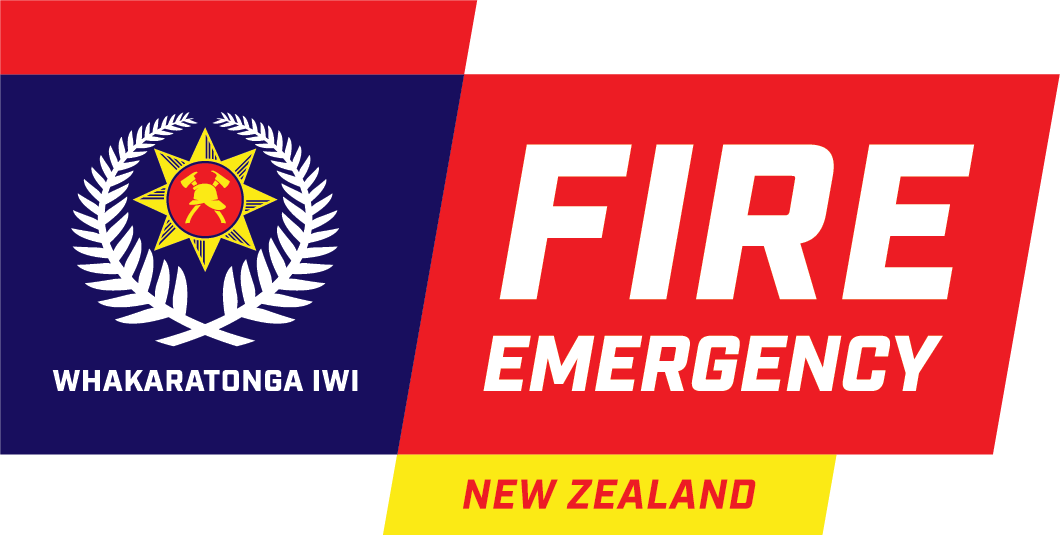Cyber Smart Week - Use two-factor authentication
When logging into our accounts online, we mostly use a simple 'username and password' combination which doesn’t always keep your password safe. Adding two-factor authentication (2FA) to your login process add an extra layer of security to your accounts.
Your password could be stolen through:
- a scam, like phishing, which is a type of email scam where the sender pretends to be a trustworthy organisation and attempts to get you to provide personal information
- a business you have an account with if they have a data breach.
Adding another level of security with 2FA makes it harder for an attacker to access your online accounts. 2FA can also help you keep our Fire and Emergency systems and data safe if you have it stored on personal devices.
How does 2FA work?
With single-factor authentication, you only need your password to verify that you are who you say you are.
With 2FA, you provide two things — your password and something else — this could be:
- something you know, something you have, or something you are
- a passphrase, security questions, or a PIN number
- or software such as an application like Google Authenticator.
Find out more about the options here(external link).
How does Fire and Emergency use 2FA
Fire and Emergency uses Microsoft Multi Factor Authentication for 2FA, which is only required when the device you’re using isn’t connected to the Fire and Emergency network.
If you’re using a device that isn’t connected to our network and you haven’t already set this up, you can follow the steps outlined here. If you’ve already got this set up you’re already protected by Fire and Emergency’s 2FA.
Where else you can use 2FA
You can enable 2FA on most of your online accounts, like your:
- email accounts
- social media networks
- laptops
How to turn 2FA on
You’ll find the option to enable 2FA in the privacy settings of your online accounts, although some online services don’t call it two-factor authentication. Some will call it two-step authentication or multi-factor authentication (MFA). Others use different terms, for example 'security key'.
Find out more about more about two-factor authentication (2FA) here(external link).
If you have any questions get in touch: ICT Helpdesk (0800 374 843 or ict.support@fireandemergency.nz)
